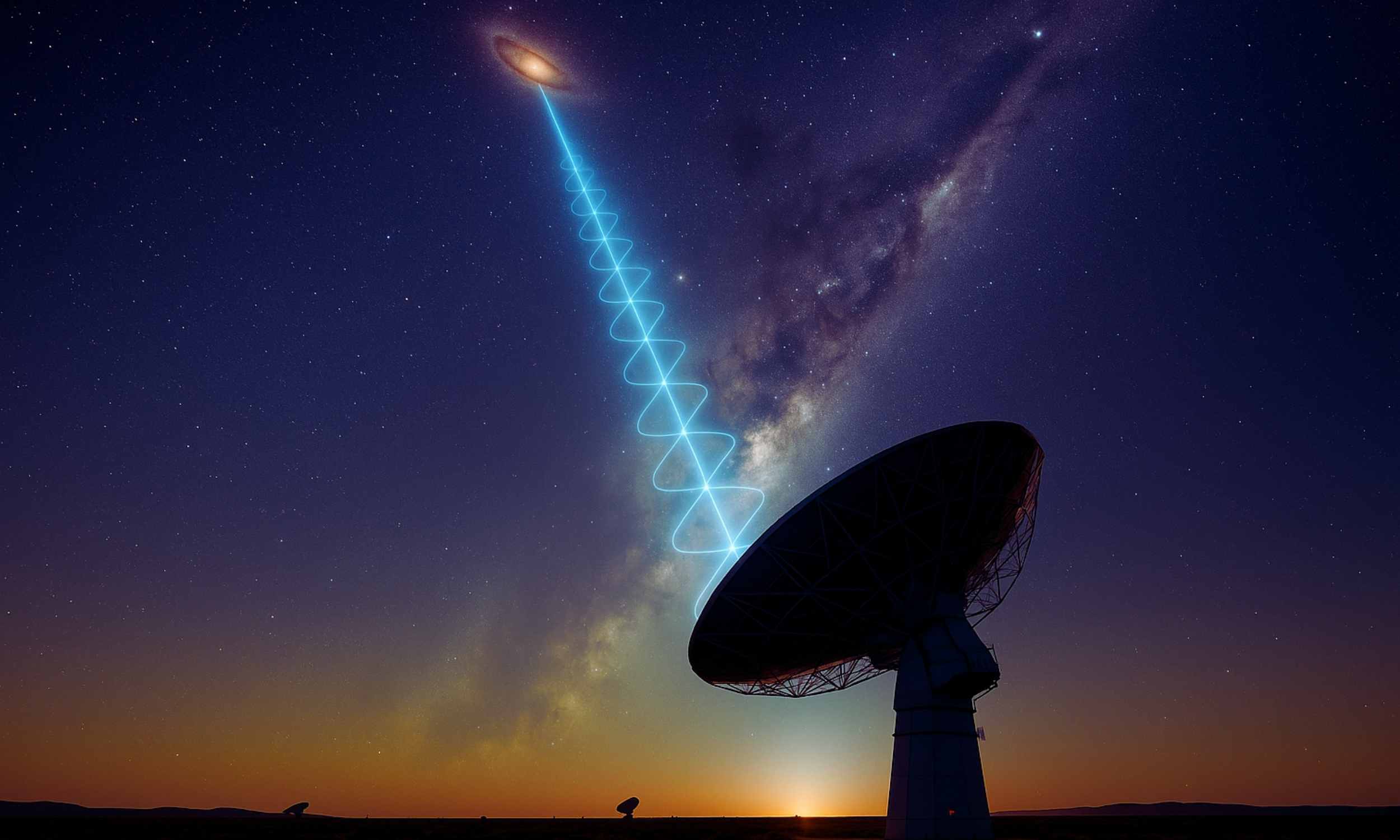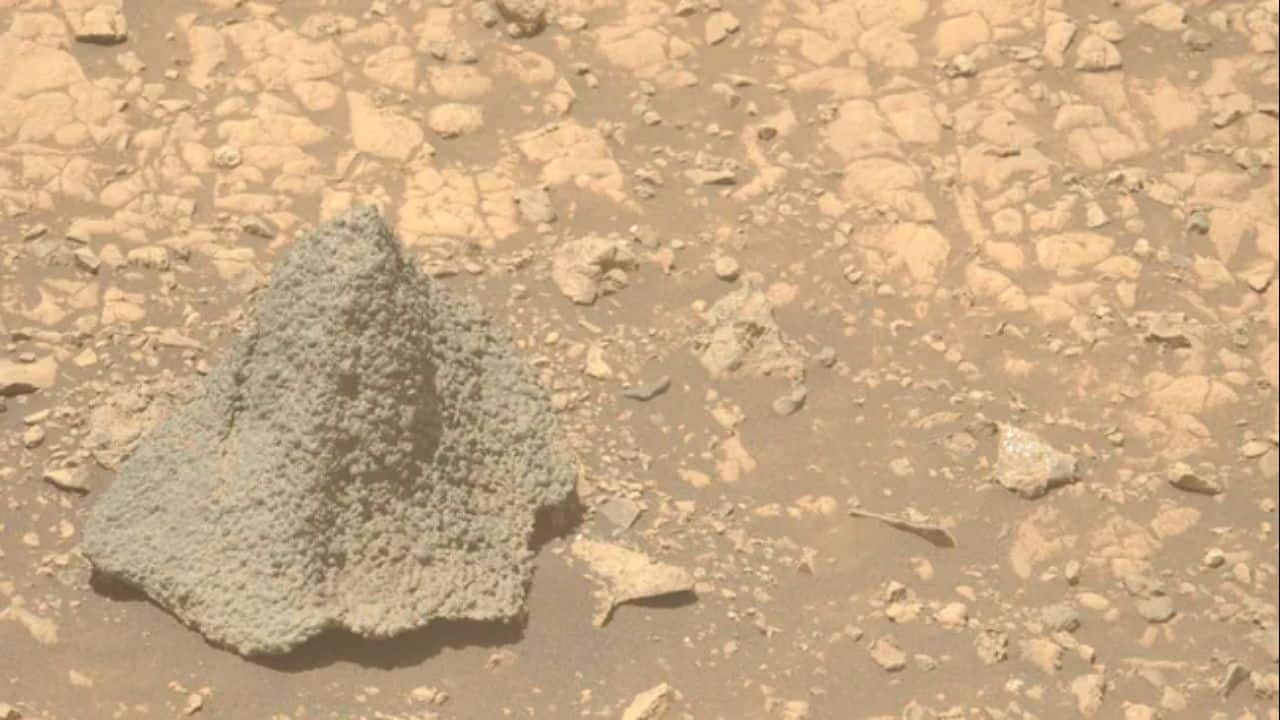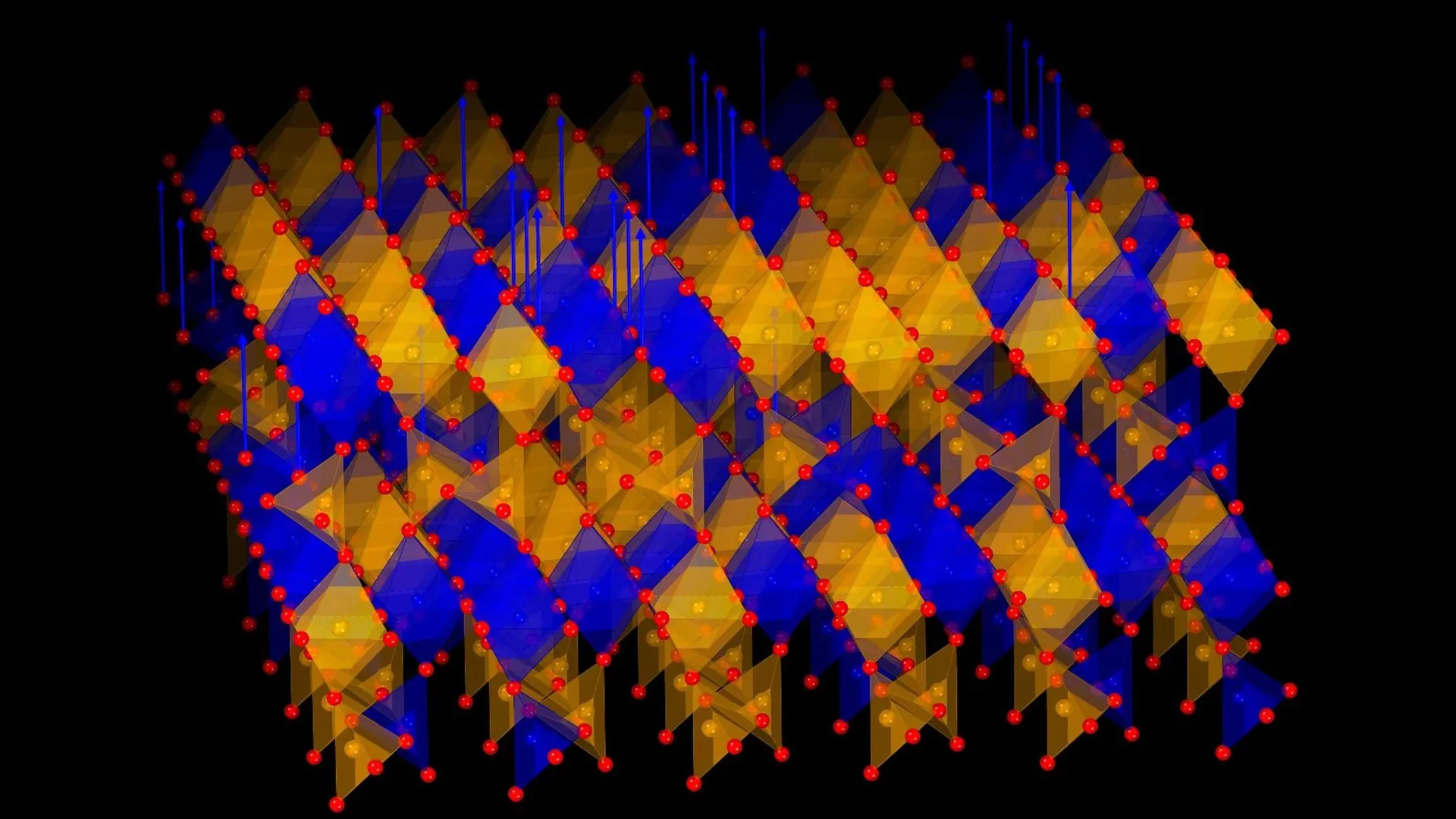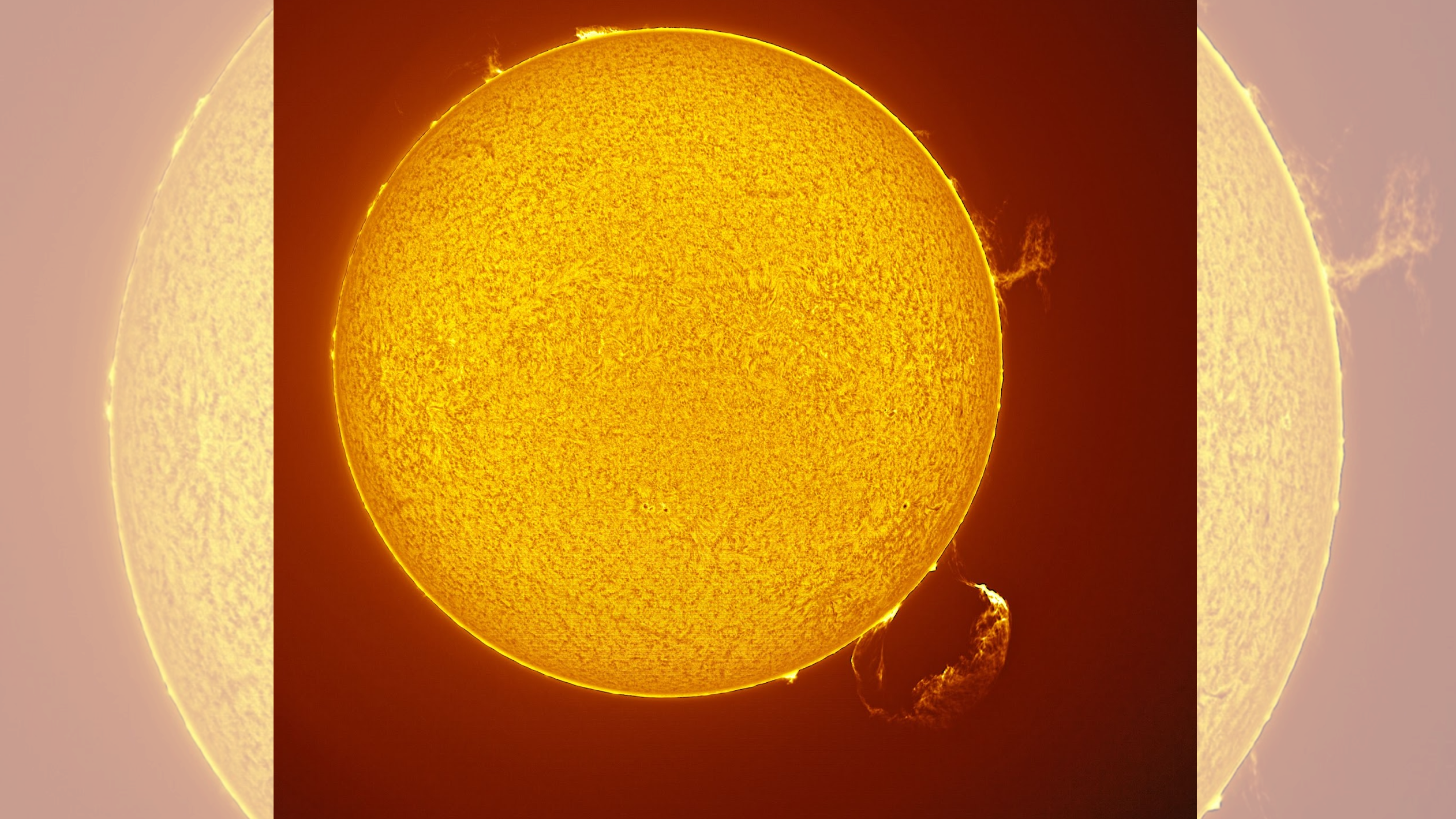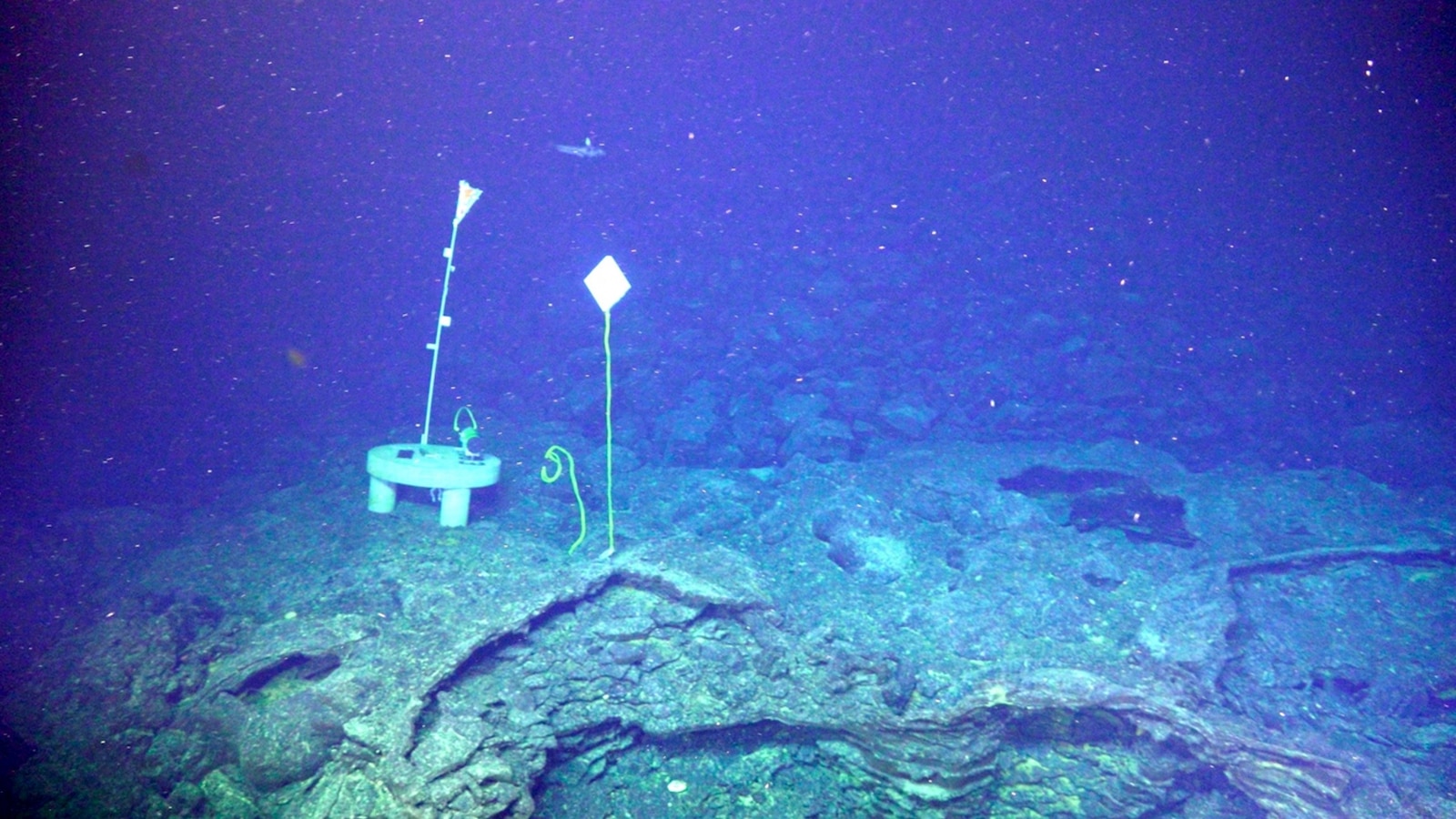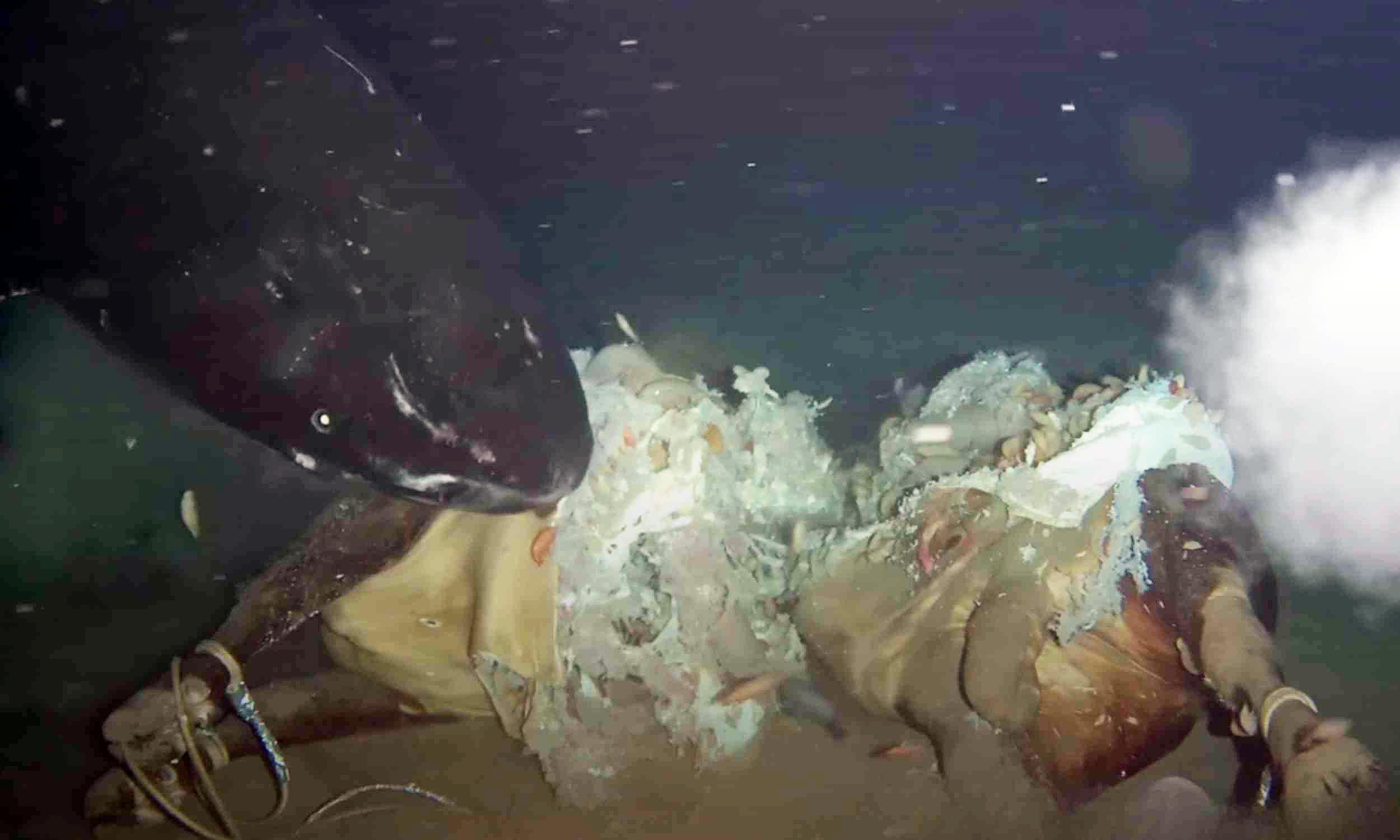Shocking Discovery: First Ichthyosaur Fossil Found in Western Japan!
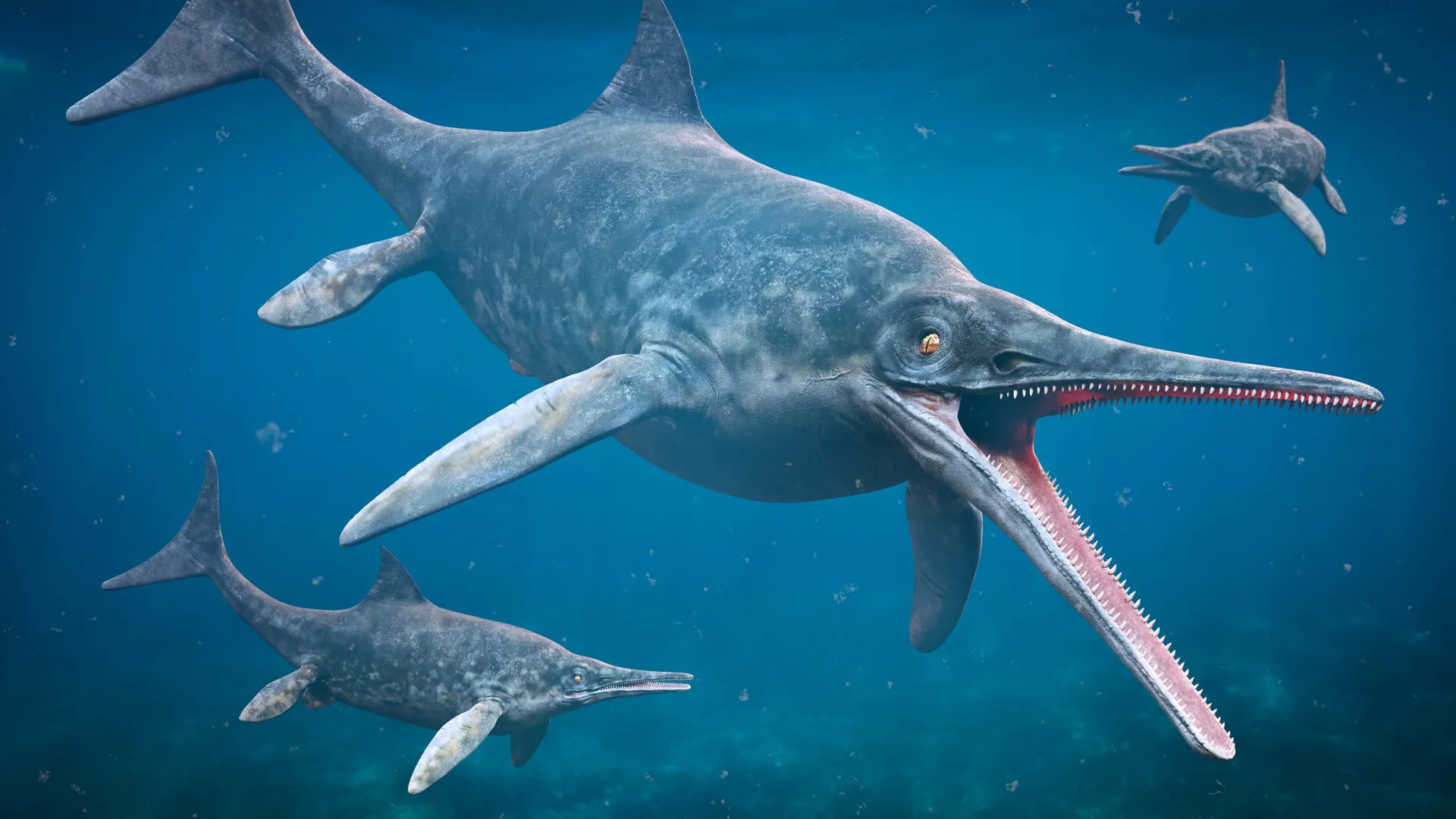
Imagine stumbling upon a fossil that’s over 220 million years old—an actual creature that roamed the oceans when dinosaurs were just beginning to walk the Earth! In a groundbreaking discovery, a vertebrate fossil has been unearthed in Takahashi City, Okayama Prefecture, marking the first-ever identification of an ichthyosaur fossil in western Japan. This incredible finding was confirmed by a dedicated team of researchers, led by Professor Takafumi Kato from Okayama University of Science, and announced at the annual meeting of the Palaeontological Society of Japan held at Hokkaido University.
Ichthyosaurs were marine reptiles that thrived during the age of dinosaurs, and fossils from this era are exceptionally rare worldwide. Professor Kato expressed his enthusiasm, highlighting that ichthyosaur fossils from the Late Triassic period have never been recorded in Japan until now. This particular fossil was found embedded in a large block of muddy sandstone, measuring about 59 cm wide, 34.5 cm deep, and 26 cm high—an impressive specimen.
Initially, this rock was displayed at the Nariwa Museum of Art as a fossil of Monotis, a Late Triassic bivalve, and had been part of the museum's collection prior to its renovation in 1994. However, the true significance of the rock was revealed during an educational field program on July 26, 2023. While leading a group of eager middle and high school students, Professor Kato and his colleague Dr. Hirokazu Yukawa noticed something unusual on the side of the rock. "Wait—there’s a bone!" Professor Kato exclaimed, recognizing the porous structure typical of marine-adapted reptiles.
Curiosity piqued, the team carefully extracted a 14 cm-thick slab from the rock and used a CT scanner at the University of Fukui’s School of Medical Sciences to analyze it further. Their investigation revealed 21 bone fragments, including ribs, vertebrae, and a scapula. Each bone exhibited unique characteristics, such as the hourglass shape of the vertebrae and grooved ribs, leading the team to confidently conclude that they had discovered an ichthyosaur.
Previously, all ichthyosaur fossils in Japan had been found in Minamisanriku, Miyagi Prefecture, making this find a monumental occasion. Dr. Ryosuke Motani, an esteemed ichthyosaur researcher from the University of California, Davis, commented on the significance of the discovery, noting that the Norian age represents a critical transition in ichthyosaur evolution. He explained that the ichthyosaurs in this era were almost fully adapted to open oceans, and the rarity of such fossils globally makes this find even more remarkable.
During a press conference at Takahashi City Hall, Mayor Yoshio Ishida expressed his excitement about the discovery, viewing it as an opportunity to boost regional revitalization and public interest in paleontology. Professor Kato also underscored the importance of the Nariwa Museum of Art in preserving local specimens and serving as an educational platform for future generations.
Reflecting on his extraordinary find, Professor Kato shared, "I’ve made it a habit to look at rocks and fossils from different angles, always thinking, 'Is there something more here?' After 40 years of searching, this was the first time I stumbled upon something so significant. It was truly unforgettable." The ichthyosaur fossil is set to be showcased at the Nariwa Museum of Art for about a month during the summer break, promising to serve as a valuable educational tool for children eager to learn about Earth’s ancient history and their local heritage.











